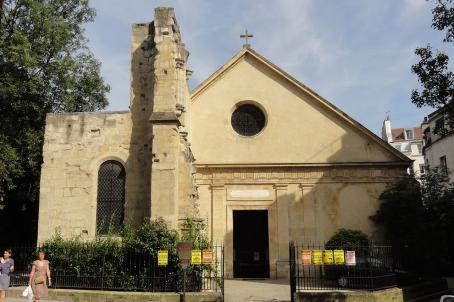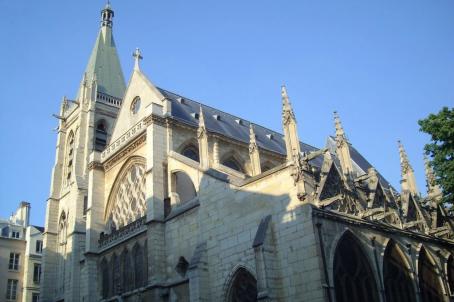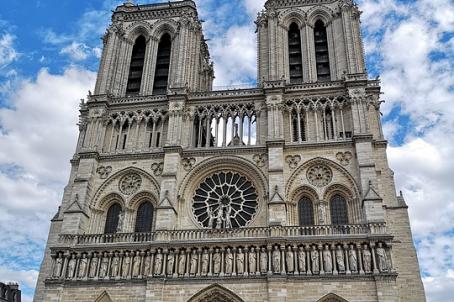Sainte Chapelle
Sainte-Chapelle is a palatine chapel built in 1241-1248 at the request of King Saint-Louis. It is an emblematic building of the radiant Gothic. With the Conciergerie, it is one of the remains of the city's palace, which has extended to the site that houses the current courthouse. The Sainte-Chapelle was classified as a historical monument since 1862, a year before the completion of its restoration.
About this building
The work on this chapel began in 1246, which was to be a reliquary (to house the relics of the Holy Crown of Thorns).
It was consecrated in 1248.
In 1460 the spire a new spire was built, which was later destroyed in 1793 when the chapel started functioning as a civil building.
Between 1485-1495 the rose window on the western façade was put in place.
In the second half of the 19th century, the chapel underwent various restorations. Three architects succeeded each other at the head of the site: Félix Duban (from 1836 to 1848), Jean-Baptiste Lassus (from 1848 to 1857) and Emile Boeswillwald. Viollet-le-Duc sometimes strengthened the group, but he never took the lead in restorations.
The remains of the south staircase were first destroyed (1849) and then an arrow was replaced (1853). In 1857, the interior decoration was almost entirely completed.






